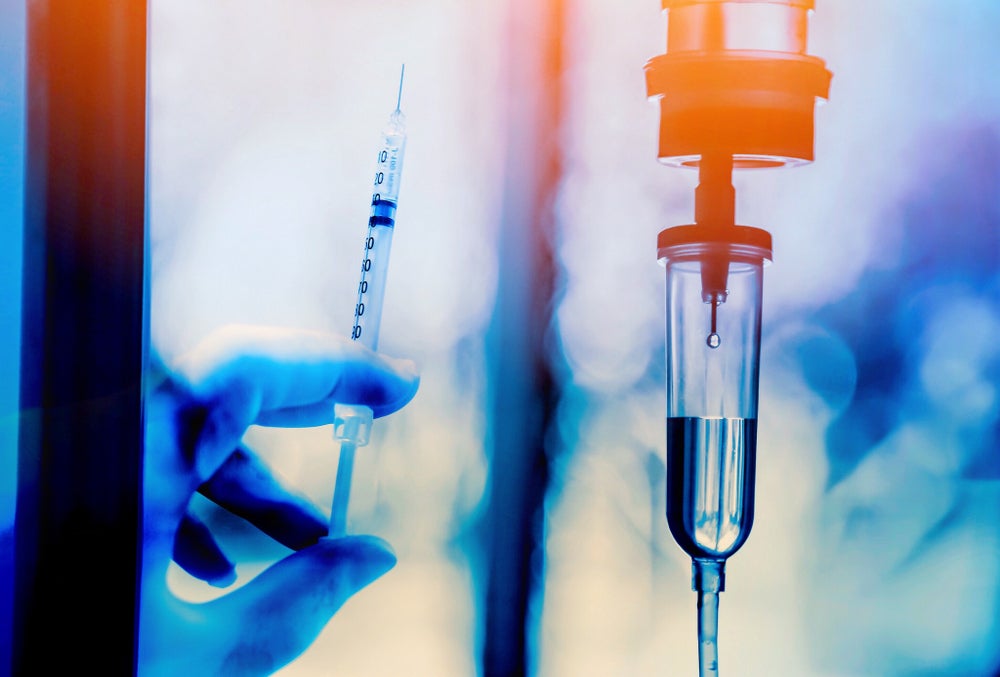According to GlobalData forecasts, the augmented reality (AR) market will be worth $100 billion by 2030, up from $22 billion in 2022. However, GlobalData’s recent report on AR describes how large-scale enterprise adoption of AR devices will be limited in the short term due to their high cost and the relative immaturity of the technology.
Despite this, the use of mobile AR will expand among enterprises, driven by its low cost and ease of use compared to other AR platforms and by initiatives from governments around the world. These plans could provide funding, mentorship and policy for start-ups to support critical sectors such as healthcare.
Ultimately, healthcare is a potentially lucrative market for AR vendors. But what are the potential use cases for AR in healthcare?
Training medical professionals
Medical schools are beginning to incorporate AR into their learning models to provide students with immersive, hands-on learning opportunities. It will not replace traditional medical schools but AR programmes allow medical students to watch imitation surgeries and procedures while simulating operating rooms. This can allow them to practice procedures safely with minimal risk. AR is also digital, meaning that it opens the door to collaboration. Through AR glasses, students can see what their colleagues are doing.
The world’s first virtual ward round for medical students was conducted in early 2020 by Imperial College London. A doctor was equipped with Microsoft’s HoloLens glasses to examine patients as a class of 350 medical students watched remotely. HoloLens allows clinicians to pin virtual pictures — including X-ray scans, medical history and radiographs — to displays and circle or draw attention to details they wish to highlight.
See Also:
Visualisation of processes
In the future, AR has the potential to improve the visualisation of processes. Traditionally, staff, medical students, patients and drug developers are given in-depth explanations of biological processes. Visualisation of these processes is vital as they are extremely complex tools for diagnosis, outlining treatments and tracking patient health.
How well do you really know your competitors?
Access the most comprehensive Company Profiles on the market, powered by GlobalData. Save hours of research. Gain competitive edge.

Thank you!
Your download email will arrive shortly
Not ready to buy yet? Download a free sample
We are confident about the unique quality of our Company Profiles. However, we want you to make the most beneficial decision for your business, so we offer a free sample that you can download by submitting the below form
By GlobalDataThere is a need to improve biological visualisation. For example, enhancing cardiac coronary system visualisation will enable better strategising of interventional cardiac procedures and lead to less risk for patients. SentiAR’s CommandEP hub provides just this. With the Microsoft HoloLens hardware, surgeons see a 3D hologram of a patient’s electro-anatomic data, that enables them to perform cardiac ablation therapy more accurately.
Safety and precision
Ultimately, AR can offer increased safety and precision. Particularly in the event of invasive procedures, safety procedures are of utmost importance. However, due to difficulties caused by individual human differences (such as differences in the location of veins), it can be difficult for healthcare personnel to always get invasive procedures right on the first attempt. In the example of IV therapy, which is the most frequent invasive treatment in the world but also a routine and fundamental procedure, AccuVein’s AR solution shows a lot of potential. AccuVein superimposes an AR display of the patient’s veins and arteries, not otherwise visible to the naked eye, onto their skin. This enables practitioners to place the needle or catheter in a more informed and precise way.
We are still only scratching the surface of the potential of AR in healthcare, however. Change in healthcare is particularly daunting. To adapt to new techniques, training medical professionals to use AR is necessary. AR is still in its infancy, so clinics are wary of adopting it in their routines. Some hospitals are also already limited in the number of existing computers so implementing AR technology may be a long way away.










Related Company Profiles
Microsoft Corp